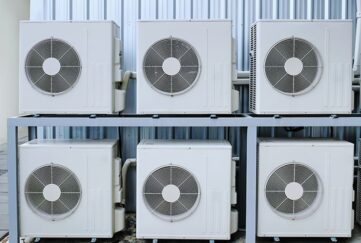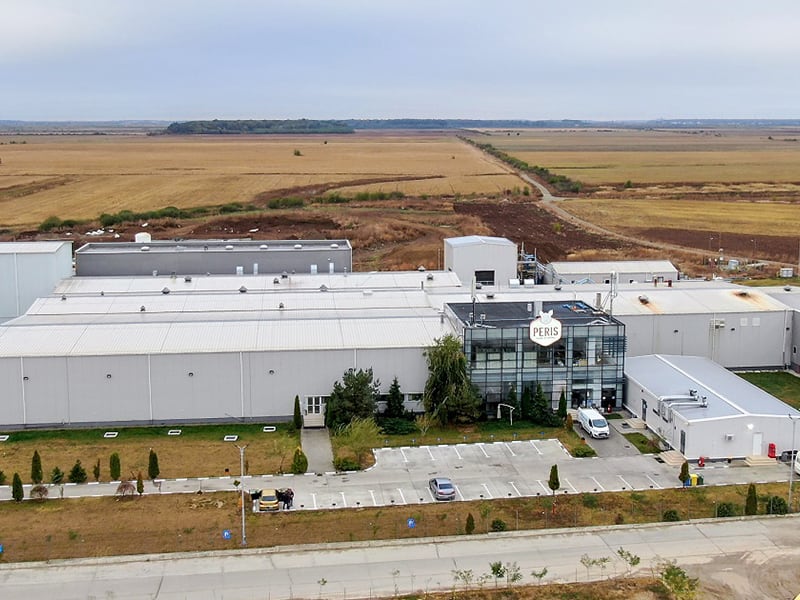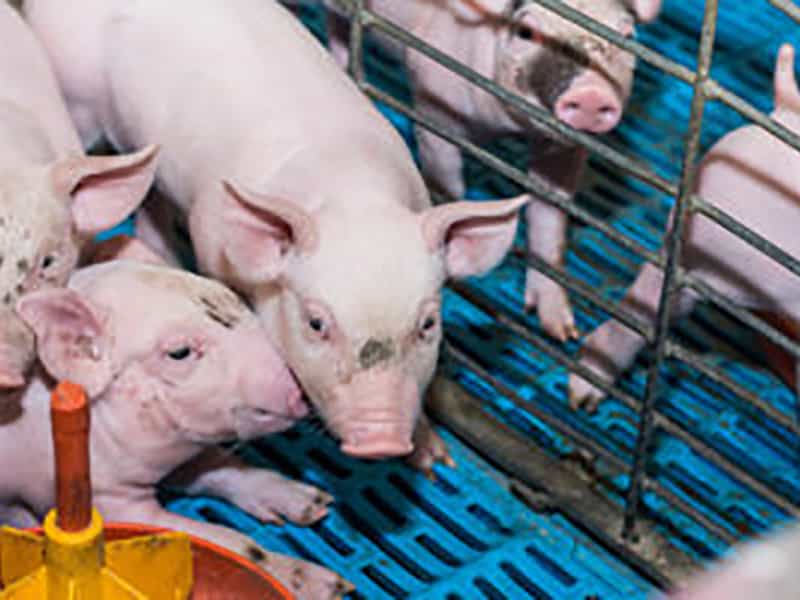A B Frigo Consult – Instalatii frigorifice si sisteme de climatizare
Vă ajutăm să reduceţi costurile și să faceţi economii
Încă din 2002, FRIGO Consult Tehnic AB reprezintă o companie autonomă de consultanță în tehnologia instalațiilor frigorifice. Compania FRIGO Consult Tehnic AB realizează proiectare pentru instalațiile frigorifice și distribuție pentru diferite piese componente. Echipa FRIGO Consult Tehnic AB urmărește dezvoltarea continuă și succesul în domeniul instalațiilor frigorifice și al sistemelor de climatizare.
Proiectare
proiectare pentru instalațiile frigorifice și distribuție pentru diferite piese componente
Inginerie
experienţă vastă în domeniul proiectării depozitelor frigorifice
Consultanta
Oferim consultanţă şi proiectare pentru realizarea oricărui tip de instalaţie frigorifică
INSTALATII FRIGORIFICE, DEPOZITE FRIGORIFICE SISTEME DE CLIMATIZARE
Vă oferim soluții perfomante în domeniul proiectării instalațiilor frigorifice și sistemelor de climatizare.
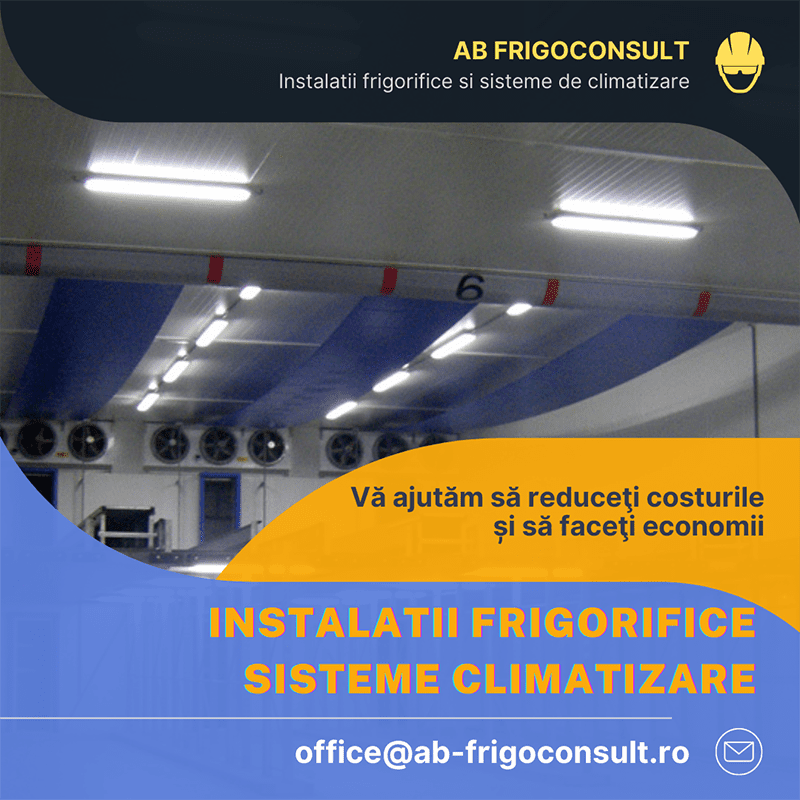
Despre noi
Numele „FRIGO Consult Tehnic AB” reflectă dorinţa companiei de a deveni un profesionist de încredere pentru furnizori, pentru producătorii de echipament, pentru instalatori şi pentru utilizatori finali.
Echipa FRIGO Consult Tehnic AB urmăreşte dezvoltarea continuă şi succesul în domeniul instalaţiilor frigorifice şi al sistemelor de climatizare. Pentru FRIGO Consult Tehnic AB, o relaţie armonioasă de colaborare cu dumneavoastră şi cu experţii/inginerii locali calificaţi reprezintă baza succesului.
Convingerea noastră este că deţinem competenţele necesare pentru a vă susţine şi a vă oferi sprijin în derularea acestui proces.
Servicii de consultanta si proiectare
Scopul nostru este de a furniza soluţii performante, nu doar simple produse. Oferim consultanţă şi proiectare pentru realizarea oricărui tip de instalaţie frigorifică, dar, clientul decide de fiecare dată asupra pasului următor

Abatoare
Suntem specializați în proiectarea, tehnologia şi realizarea abatoarelor. Oferim servicii de calitate rentabile și soluții de proiectare optimizate

Depozite de legume si flori
Oferim servicii de proiectare, inginerie şi construcție a infrastructurii logistice pentru depozite frigorifice de legume si flori.
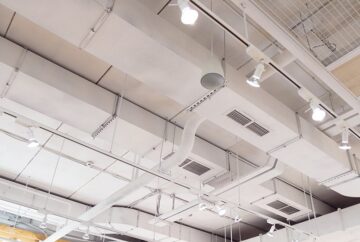
Climatizare interioara
Oferim servicii de proiectare sisteme de climatizare care sporesc performanţa activităţii desfăşurate şi cresc productivitatea și calitatea produselor
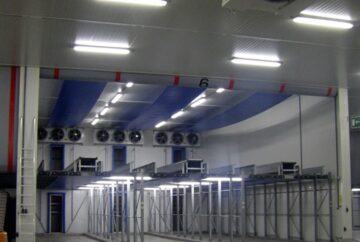
Echipamente frigorifice industriale
Oferim servicii de proiectare şi realizare instalaţii frigorifice industriale având în vedere consumul dorit de energie, caracterul ecologic, legislaţia şi consecinţele financiare
Urmarim dezvoltarea continuă şi succesul în domeniul instalaţiilor frigorifice şi al sistemelor de climatizare
Aveți nevoie de asistență?
Pentru FRIGO Consult Tehnic AB, o relaţie armonioasă de colaborare cu dumneavoastră şi cu experţii/inginerii locali calificaţi reprezintă baza succesului. Convingerea noastră este că deţinem competenţele necesare pentru a vă susţine şi a vă oferi sprijin în derularea acestui proces.
Inginerie
Oferim servicii de mentenanță, analiză și inspecție instalații frigorifice industriale și comerciale
Vă oferim servicii de asistență, proiectare și optimizare a instalațiilor frigorifice și sistemelor de climatizare
Daca doriți să discutați cu un specialist, o puteți face chiar acum. Completați formularul de contact și revenim în cel mai scurt timp la dumneavoastră.
Vedeți ultimele noastre proiecte:

